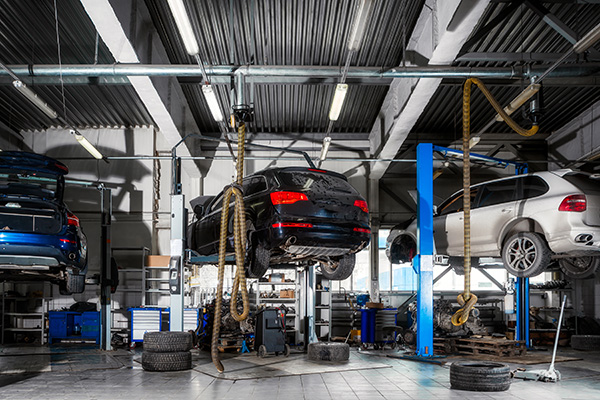
Buying a used car can be exciting, especially when you find a vehicle that looks good, fits your budget, and seems to check all the boxes. But even if the seller appears honest and the car looks clean, there's one critical step you should never skip: the pre-purchase inspection. This inspection is your chance to make sure the car you’re investing in doesn’t come with hidden problems, safety risks, or unexpected repair bills.
It’s easy to focus on the price, mileage, and test drive experience, but those factors alone don’t tell the full story. A vehicle might drive well today but be one overlooked issue away from a major failure. A thorough inspection gives you a clearer picture of the car’s true condition and can help you make a smart, confident buying decision.
What Is a Pre-Purchase Inspection
A pre-purchase inspection is a comprehensive evaluation performed by a licensed technician. It covers the vehicle’s mechanical systems, electronics, safety features, and structural integrity. During the inspection, technicians look for signs of wear, previous damage, and any components that are failing or nearing the end of their useful life.
Unlike a basic visual check, this inspection typically involves raising the car on a lift to examine areas that are difficult to see—such as the suspension, brakes, undercarriage, and fluid leaks. Diagnostic tools are also used to scan for trouble codes, even if the check engine light isn’t on. This provides insight into any hidden problems within the engine, transmission, or electrical systems.
Why It’s Worth the Time and Money
When you’re about to spend thousands of dollars on a vehicle, it makes sense to invest a small fraction of that amount to ensure the purchase is sound. Many buyers skip this step to save time or money, but that choice can backfire if the car ends up needing costly repairs shortly after purchase.
A pre-purchase inspection can identify problems such as:
- Hidden accident damage or poorly done bodywork
- Leaks in the cooling or oil systems
- Worn suspension components
- Failing brakes or uneven tire wear
- Electrical issues or battery concerns
- Pending diagnostic trouble codes
Knowing these things before you sign the paperwork can help you avoid buying a problem car or give you negotiating power to lower the price.
Private Sellers vs. Dealerships
Many buyers assume that purchasing from a dealership removes the need for an inspection. While some dealers offer warranties or certified vehicles, not all used car lots do. Dealerships may have reconditioned a vehicle cosmetically without addressing underlying mechanical issues.
If you're buying from a private seller, the need for an inspection becomes even more critical. Unlike dealers, private sellers rarely offer return policies or warranties. Once the sale is complete, you’re responsible for any repairs the vehicle may need.
Regardless of where you're buying the car, having a neutral, third-party technician evaluate it can help you avoid surprises.
How the Process Works
The inspection typically lasts up to an hour and includes a comprehensive report with detailed notes and photos. Many shops offer same-day service, and some will even communicate directly with the seller to coordinate the appointment. It’s best to choose a repair facility that works independently of the seller to ensure the report is unbiased.
In some cases, you may uncover a few minor issues that are not necessarily dealbreakers but things you’ll want to budget for. In other cases, the inspection might reveal a serious problem that makes it clear the vehicle isn’t worth your time or money.
Protect Yourself Before You Buy
Buying a car without an inspection is a gamble, no matter how good the deal seems. The peace of mind easily outweighs the small upfront cost of a professional inspection you gain and the potential costs you might avoid. It's one of the most effective tools you have as a buyer.
Schedule a pre-purchase inspection today with Complete Automotive in Springfield, MO, and make sure the used car you’re buying is truly worth the investment.